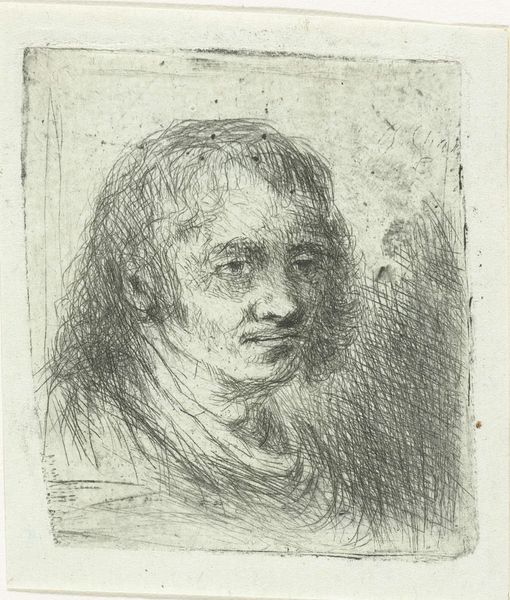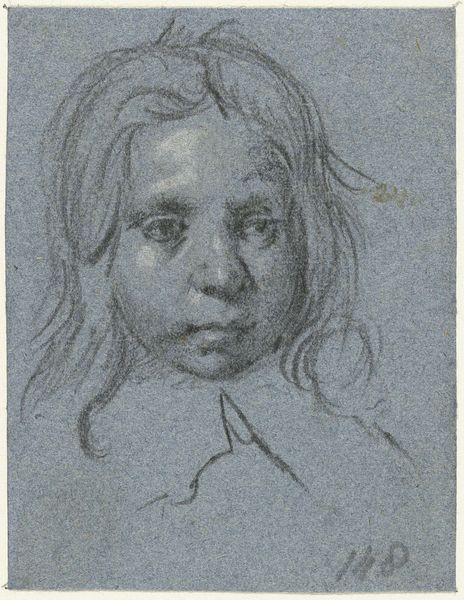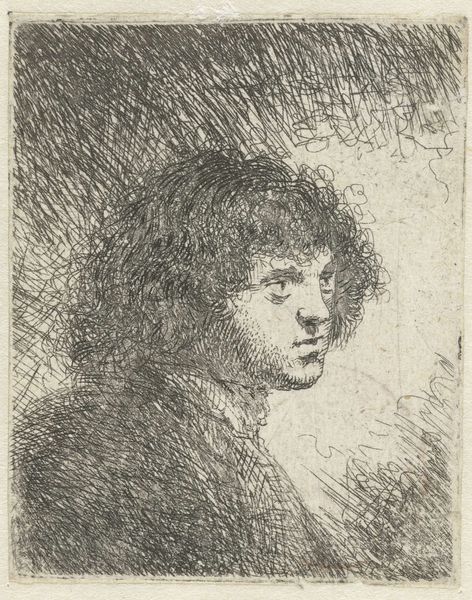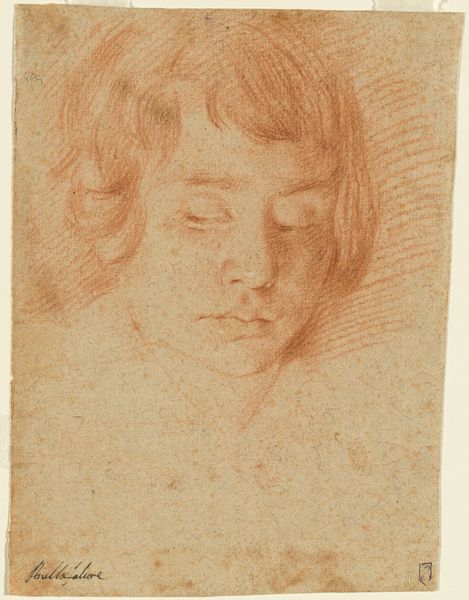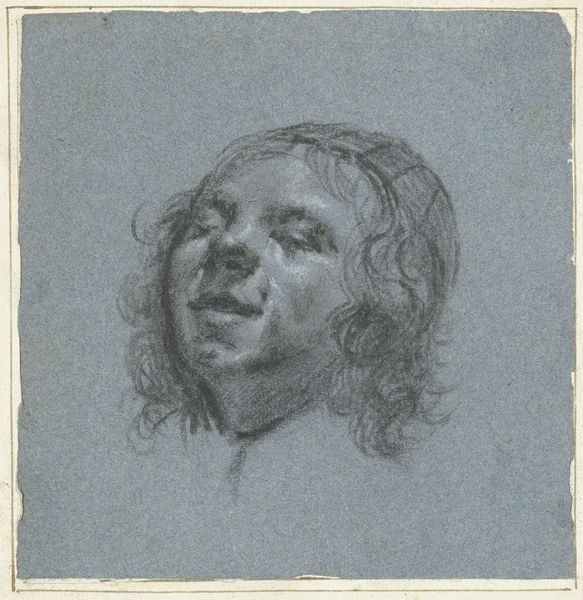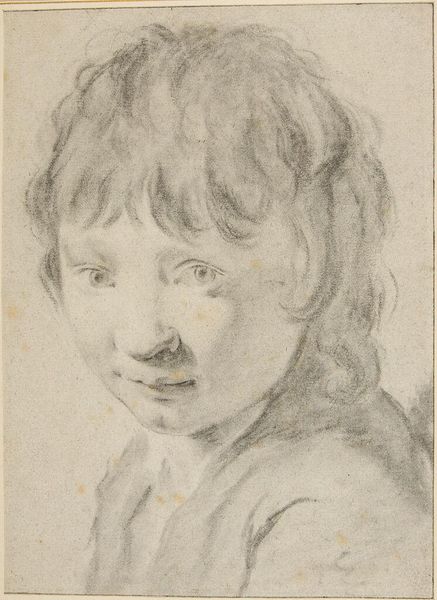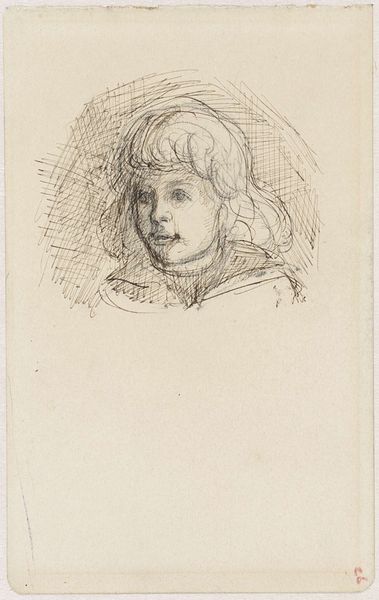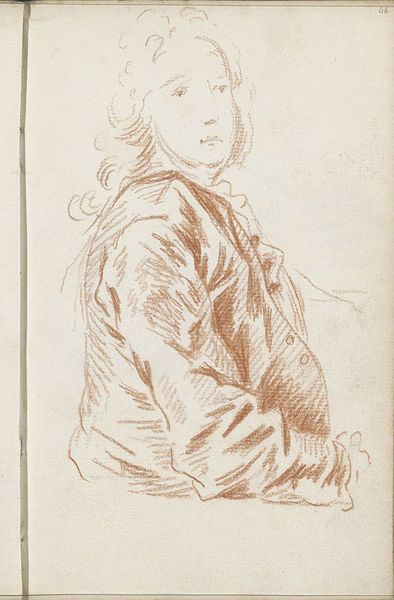
drawing, charcoal
#
portrait
#
drawing
#
self-portrait
#
dutch-golden-age
#
charcoal drawing
#
pencil drawing
#
portrait drawing
#
charcoal
Dimensions: height 92 mm, width 76 mm
Copyright: Rijks Museum: Open Domain
Curator: Here we have the "Self-Portrait of Moses ter Borch," a drawing made before 1661 and now held at the Rijksmuseum. Editor: It’s surprisingly gentle. The soft charcoal, the muted tones… there’s a real intimacy to it. Almost melancholic, wouldn’t you say? Curator: It is striking how accessible this feels. Ter Borch's portrayal raises several questions around self-representation. As an artist working within the Dutch Golden Age, what cultural and social expectations was he navigating? The act of self-portrayal, then and now, invites layered readings concerning identity, status, and personal narrative. Editor: Precisely. Consider the gaze – averted, yet engaging. He's both present and withdrawn. The loose strokes of charcoal suggest a work in progress, revealing vulnerability and self-doubt. I wonder, too, about the relationship between artists and patrons at this time. To what extent did the market influence an artist's self-perception and, consequently, its portrayal? Curator: This is where we can contextualize ter Borch within a broader tradition of Dutch portraiture. How does this self-image reinforce or subvert social norms and artistic conventions related to self-fashioning and personal brand building within an emerging art market economy? We cannot separate artwork from market. Editor: A pertinent point, it makes one think about contemporary readings. Even now, artists manipulate their public personas, though today using digital avenues. Self-portraiture can also play into themes of privilege and access. In Ter Borch's time, these intimate works surely cemented social standings? Curator: That's insightful. Today, these historic works offer invaluable perspectives into the socio-political and artistic landscape of their eras, and by fostering dialogue around topics such as identity, visibility, and agency, we confront historical conventions that mirror those within current discourse. Editor: Yes. We're drawn to the familiar and repelled by the uncanny. And looking back, at Moses ter Borch looking at himself, or at least giving us a constructed gaze to observe, it really makes you wonder if anything at all has changed.
Comments
No comments
Be the first to comment and join the conversation on the ultimate creative platform.

